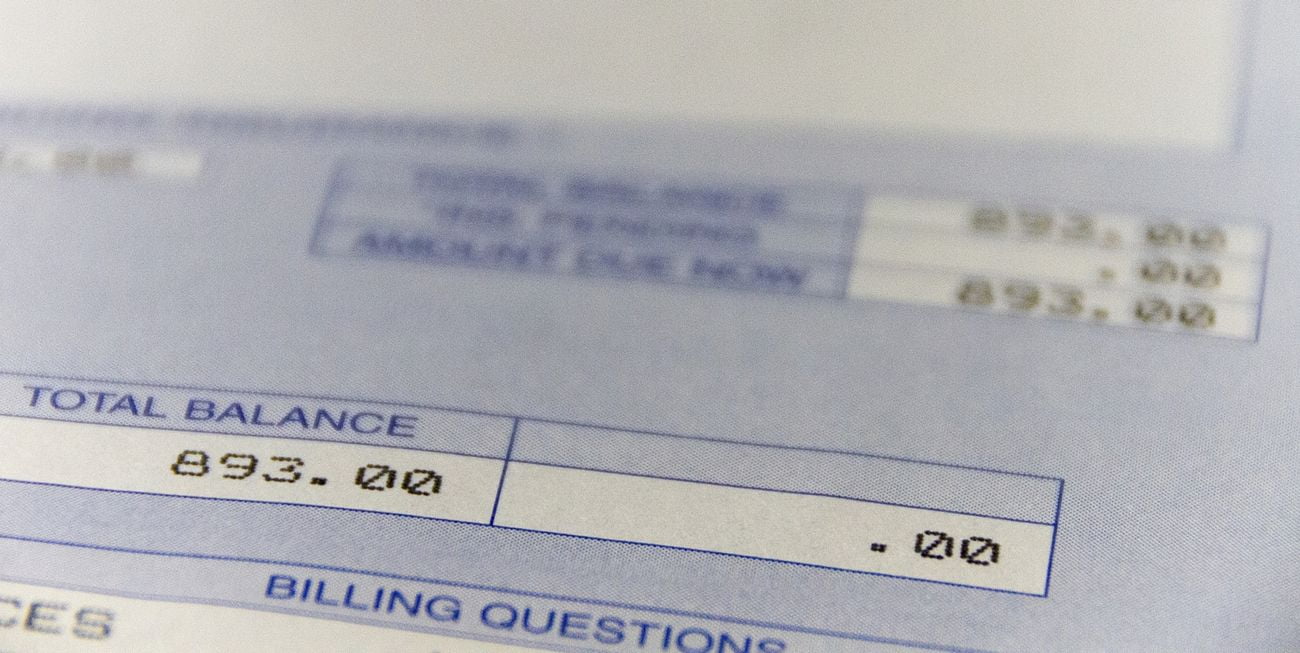Introduction
Money, in its various forms, is the lifeblood of our global economy. It facilitates trade, fosters growth, and shapes the economic landscape. However, the process of money creation, particularly in the modern era, is a complex and often misunderstood phenomenon. This article aims to demystify the process of money creation, and exploring its implications for our economy and society.
The Role of Private Banks in Money Creation
Contrary to popular belief, it is private banks, not the government or central banks, that create the majority of new money in circulation. These profit-seeking entities create new money out of nothing, and where that money gets spent determines the shape of our economy. This highlights the need for democratic control over how that money is used.
Banks create money through an accounting trick, pretending that the money being loaned has been deposited. This is how the money supply is created. The majority of money used today is electronic money, and whoever creates electronic money profits greatly as there are no production costs involved.
The Shift from Commodity to Fiat Money
Historically, money creation was pegged to a commodity, but today it is pegged to nothing, leaving us with a piece of paper that is just a piece of paper. The introduction of quantitative easing by the Bank of England in 2009 allowed banks to have as much central reserve currency as they want, which is a form of fiat money backed by nothing, leading to the absence of a meaningful fractional reserve.
Inflation and the Money Supply
Inflation occurs when there is too much money chasing too few goods and services. This highlights the potential consequences of rapid credit expansion and the need for careful management of the money supply. The best way to avoid inflation is to issue money into the economy only for productive investment, such as helping small businesses start up and create jobs.
However, the current system of money creation by private banks for non-productive usage causes real inflation and a decrease in the standard of living. Inflating house prices allows nations to expand their money supply without affecting inflation data, creating relative power and perceived wealth.
Impact on Inequality and Poverty
The current system distributes money from the poor to the rich, as well as from smaller businesses to the financial sector, exacerbating inequality. The poorest in the world bear the burden of financial crises, even though they were often the victims of reckless booms and speculative behavior. As one researcher noted, “You can’t deal with poverty when you have a financial system and a money system that distributes money from the poor to the very rich.”
The Role of the Monetary System in Society
The monetary system plays a crucial role in international dominance and national control. The system is inherently unstable as a result of the international power it provides to the dominant parties. At the heart of it lies the idea of; how can I get something for nothing? This highlights the need for open and honest discussions about its future.
Reforms and Alternatives to the Current System
Reforming the monetary system to prevent banks from creating money as debt can prevent future financial crises and eliminate the need for public service cuts, tax rises, and increased national debt. This calls for a fundamental rethinking of our monetary system and the role of banks in money creation.
Final Thoughts
Understanding money creation is crucial for navigating the complexities of the modern economy. By shedding light on the role of private banks, the shift from commodity to fiat money, the dynamics of inflation, the impact on inequality and poverty, and the role of the monetary system in society, we can better understand the forces shaping our economic landscape. As we look to the future, it is clear that reforms and alternatives to the current system are needed to ensure a more equitable and sustainable economic future.



